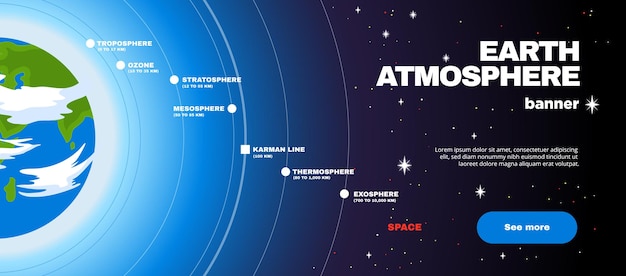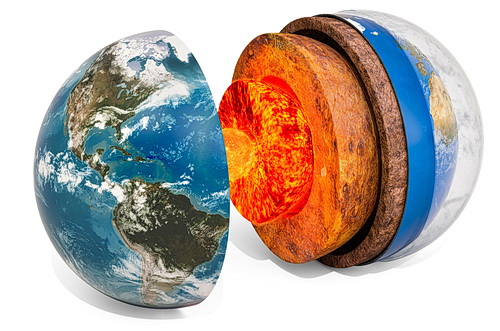
Need a hobby? How about collecting gems and minerals? Mineral collecting is both exciting and informative. Exciting because of the intricate colors and shines the different varieties have and informative because one must learn their geology in order to really appreciate them. It is a historical trip back in time to discover the hidden gems of the earth.
If you are a beginner who is looking forward to creating a collection of your own, you don’t necessarily have to start out with making huge discoveries of these beautiful gems. You can start right at the beach or your very own backyard if you have one!
Here is a guide on how to start your own mineral and gem collection as you explore the intriguing world of these minerals and rocks.
Start with General Research
The internet is your best friend as it is full of information on literally anything and everything, but always make sure you are using reliable sources. Learn about the unique features and characteristics of each mineral so that when you finally come across one, you can easily identify which one it is.
Begin Close to Home
Since you are a beginner, you don’t have to go to specific places or locations to look for these gemstones. Start close to home and explore your current locale. Learn the geology of your own area and be on a lookout for caches or interesting geological features that might catch your eye.
You are likely to come across different types of rocks that look unusual, have a mix of colors and will be a great addition to your collection.
Join a Mineral Collector’s Club
There are book clubs, movie clubs and meetups both in-person and online where people from different parts of the world come together to discuss their favorite hobbies?
You can easily find such a group online which you can join and get in touch with people who share your interest and connect with them. That way, you get to learn the many things minerals have to offer, along with tried and tested methods to mineral and gem collection.
These clubs also often list exhibitions and events that you can attend and learn more about how to start your own collection.
Get Your Hands on the Right Tools
Mineral collection obviously involves some kind of digging and excavating for which you need to get your hands on all the right tools that you will need for creating your collection.
As a beginner, you will just require a few basic tools such as a magnifying glass, safety glasses, gloves, bucket, a small shovel and a box to carry all the minerals and gems that you will find on each trip.
The above tools make an excellent beginner’s toolkit, and since you are just starting out, you don’t need to worry about getting advanced equipment anytime soon. You can keep adding more items to your basic kit once your collection begins to grow, and you become more skilled at different collecting techniques.
Identify Your Findings
It is very important that you identify all your findings because that way, you will learn all about the features and characteristics of each mineral type that you find. There are two simple ways to go about this.
First, you can put your web searching skills to good use and take help from the online community to help identify your specimens. You can even search for mineral books that list the types of minerals and gems with a geological glossary.
Second, head to the nearest museum in your area and consult a mineralogist who will help you recognize your findings.
Label Your Collection
To make this entire process even more fun and engaging, you can label your collection by numbering the specimens, giving them unique names, mentioning the locale details, historical significance, as well as noting down the features such as color, texture, etc.
This will not just add to your knowledge, but if one fine day you were to start a career in geology, keeping such records will come in really handy.
Invest In Nice, Quality Boxes to Keep Your Minerals Safe
It is imperative to keep your gems and minerals extremely safe so you can look for nice, quality boxes, cases or even a display cabinet to store your collection. However, if you wish to be a little creative, you can search for DIY projects and create your own containers.
The best thing to use for this is egg cartons. They are sturdy, durable and can be easily transformed into attractive containers to hold your specimens. You can paint them and even decorate them with accessories if you like.
When storing your collection, make sure that each mineral or gem is at a safe distance from each other. This is done to prevent them from banging against each other. Some of them are likely to be very fragile, so it is best to have dividers between each mineral.
Beautify Your Collection
For most collectors, the ultimate goal is to collect enough, which can be displayed later at a geology fair or exhibition, website or even sell them.
If you wish to do the same, you must beautify your collection. One way to do that is to trim all the specimens properly to remove sharp edges and balance their look and feel.
There are numerous trimming tools for fine mineral specimens that will help you make your collection stand out by enhancing their features and appearance.
Are You Ready to Have Your Own Gem Collection?
Building a gem or mineral collection isn’t really difficult; you just need to be a little inquisitive, adventurous and bring out the explorer from within you.
It is truly a very exciting hobby, and once you have you have a full-fledged collection, you can display your beautiful specimens at different mineral shows and events!





